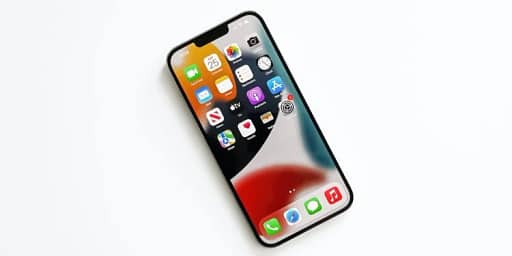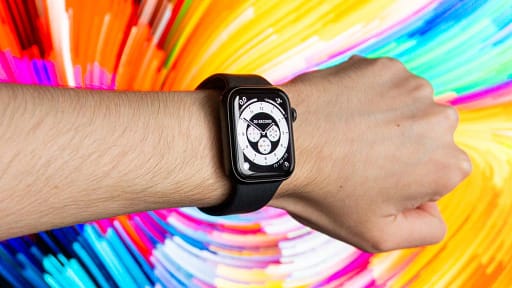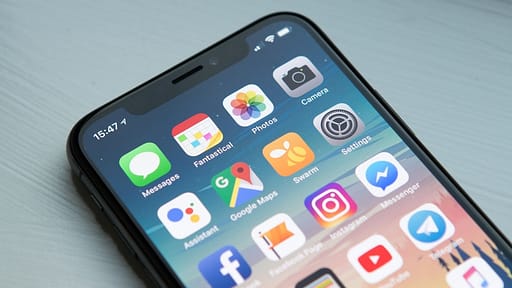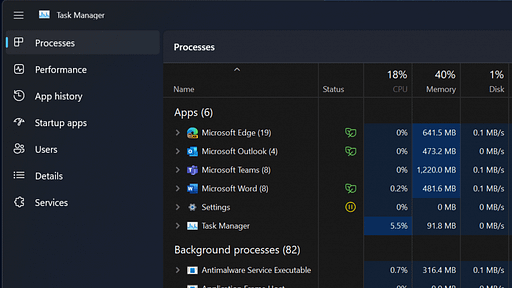Smartphone specifications might be difficult to understand. As technology evolves, new language emerges to describe the latest and greatest capabilities accessible on your smartphone. Here are
Jargons make it difficult for an ordinary customer to know which smartphone has the finest features and, more significantly, what to look for when purchasing a smartphone. Let’s go right to the point and discuss smartphone specifications and what they signify.
1. Display

Smartphone screens are available under a variety of brand names, but the underlying technology is mostly the same. For example, Apple refers to the same OLED display technology as Super Retina XDR, whilst Samsung refers to it as Dynamic AMOLED or Super AMOLED. Other companies refer to it as AMOLED. Another popular display technology is IPS LCD. It is found in lower-cost smartphones.
With increased brightness, better contrast ratios, a larger colour gamut, and better viewing angles, AMOLED is the pinnacle of smartphone display technology.
‘LTPO’ is used in flagship devices. Low-temperature polycrystalline silicon (LTPO) is an OLED panel backplane technology that allows smartphone manufacturers to include high refresh rates (90Hz and 120Hz) and better resolution on their smartphones without sacrificing battery life.
LTPO technology enables the screen to modify the refresh rate dynamically based on what the user is doing. For example, it increases the refresh rate to maximum when playing a high-intensive game for a smooth gaming experience but decreases the rate when doing less demanding tasks like as skimming through social media.
Choose a gadget with an LTPO OLED or AMOLED display if you want the finest of the best. Other considerations include resolution (FHD, QHD, and 4K), aspect ratio (the ratio of width to height), and pixel density or PPI, where higher is preferable.
2. Smartphone Processors
Any computing device’s processor (CPU) is its heart and soul. The CPU and other critical components of a The processor (CPU) is the heart and soul of any computing device. So in the smartphone, the CPU and other vital components like the GPU, display processor, video processor, and radio modems are combined into a single die known as a System on a Chip (SoC), or chip for short.
To comprehend smartphone processors. You must be familiar with the industry’s key players.
Qualcomm is the largest maker of smartphone chips at the time of writing. They are in charge of Snapdragon chips. Snapdragon processors power the majority of Android smartphones, particularly those in the top midrange and premium ranges.
Another well-known company in the market is MediaTek. Dimensity branding appears on MediaTek’s flagship chip series. Aside from the Dimensity series, MediaTek also has the Helio series.
Aside from Qualcomm and MediaTek. The Processors are also manufactured by Samsung, Google, and Apple. Mobile chips, on the other hand, always utilised only in their cellphones. In most of its Galaxy devices, Samsung employs Exynos processors, but Apple’s A-series Bionic chips are the de facto SoCs for the iPhone. With the Pixel 6 series, Google began using its own Tensor chips.
Which Smartphone Processor Is Best?
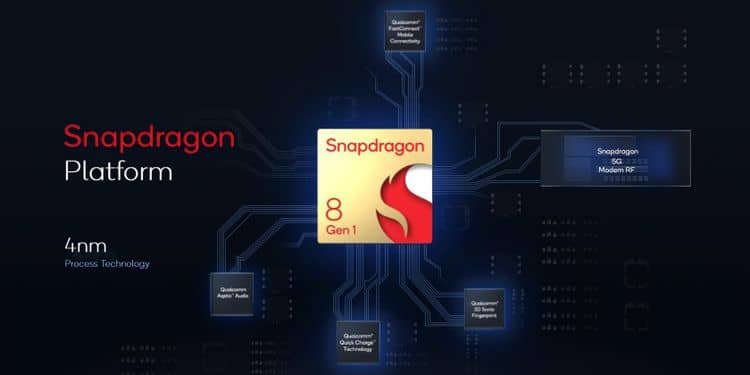
In general, it’s difficult to single out one CPU as the finest. It frequently boils down to whatever OS group you are in. If you prefer iOS over Android, any of Apple’s current iPhones will surely come with their greatest processor. If you’re an Android enthusiast, your option is clear: Qualcomm is the greatest CPU brand.
One important aspect of Samsung’s Galaxy series phones is that the corporation employs Snapdragon processors for phones aimed at the US market. All the Galaxy phones are powered by Exynos processors.
The core count (the greater, the better), processing technology (the lower, the better, e.g., a 4nm chip is better than a 5nm chip), and speed are the primary factors that determine the power of a smartphone processor. Speed is commonly measured in gigahertz (GHz), with higher values indicating better performance.
3. Smartphone GPU
The graphics processing unit (GPU) is in charge of the graphics. They are useful on mobile devices, especially while playing games. Smartphone CPUs are often combined with a GPU on a single chip.
The smartphone graphics industry is dominated by four companies. Qualcomm’s Adreno series, Apple’s in-house GPU line, ARM’s Mali GPU series, and Imagination’s PowerVR line are all available.

Snapdragon processors are partnered with Adreno GPUs. SoCs from Samsung and MediaTek utilise ARM’s Mali GPUs, but Apple’s A-series Bionic processors include an integrated Apple GPU. The greater the number, similar to the CPU, the better the performance.
Google your smartphone’s specs to find out which GPU is in use. There are several websites that may assist you with this.
4. Smartphone Storage and Memory
When it comes to memory and storage, more isn’t always better because not all memory and storage is created equal. Random Access Memory (RAM) is a type of memory, whereas Read-Only Memory (ROM) is a type of storage.
RAM is used for short-term storing of currently used programmes and programme files, whereas ROM is used for long-term data storage. As a result, you will have more ROM than RAM.
There are several types of smartphone memory, including LPDDR3, LPDDR4, and LPDDR5, each of which represents a different memory generation. Newer versions of LPDDR are developed throughout time that are quicker, have lower latency, have greater bandwidth, and so on.

LPDDR RAM is the same as laptop and desktop RAM, but it has been reduced in size to consume less power and fit inside smartphones. The LP component stands for low power. Similarly, the greater the number, the better the memory type; for example, LPDDR4 is superior than LPDDR3. If you want to go into the nitty-gritty of memory in general, here’s a comprehensive primer on RAM.
Smartphone storage is generally divided into two types. NVMe and UFS. For the same flavour, higher is better, i.e., UFS 3.1 is superior to UFS 3.0. Apple often use NVMe storage, but Android makers employ UFS.
Some smartphones advertise “expandable storage,” which indicates that you can add extra capacity by using a memory card.
5. Battery and Charging
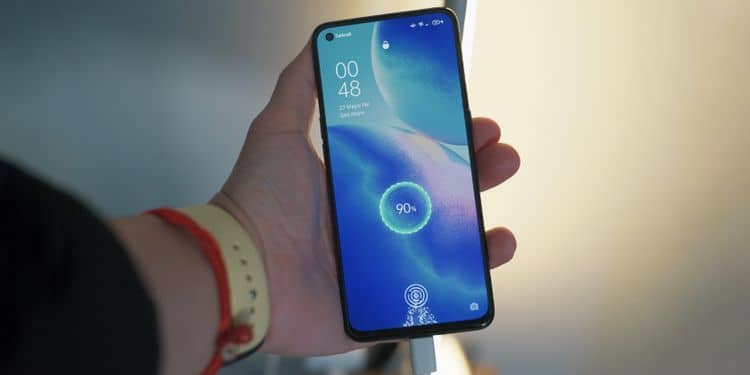
Lithium-ion batteries are used in the majority of cellphones. The capacity of a battery is measured in milliamperes (mAh). Smartphone batteries are available in a variety of capacities, often ranging from 2500mAh to 5000mAh. Some cellphones have larger or smaller battery capacity than others.
Higher capabilities imply more power at your disposal, but this does not always translate to more screen time. They are additional aspects that influence the battery life of a smartphone.
A smartphone can be charged wirelessly or via a cord. Although USB Type C is the most commonly used charging port, Apple has its own unique lightning port for iPhones. The presence of fast-charging capability on a smartphone spec sheet suggests that the device can charge at a faster rate.
Each smartphone specification sheet typically lists a maximum charging speed in watts (W). For example, the OnePlus 10 Pro offers charging speeds of up to 80W (wired) and 50W (wireless). The higher the wattage, the faster the charging speeds.
So these were 5 Clever Things About Your Smartphone. We hope you liked the article.
What are your thoughts on it? Which thing shocked you the most? Let us know in the comments below.
